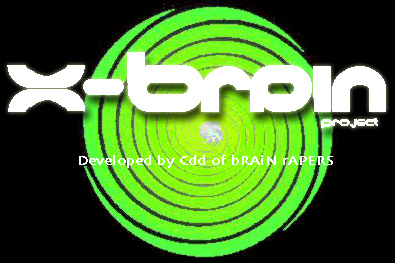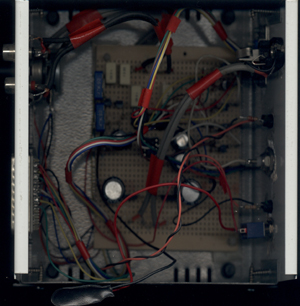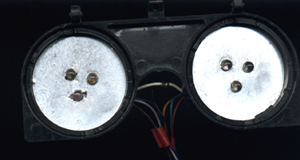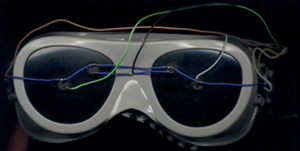The following picture shows the master block-diagram of an L/S/E machine:

This reflects to the old versions of our interfaces. The new L/S/E suite developed by XBrain will use computer to do also the whole audio thing.
For your fair information, this image shows the graphic of the major ranges which have the greek letters as labels:




